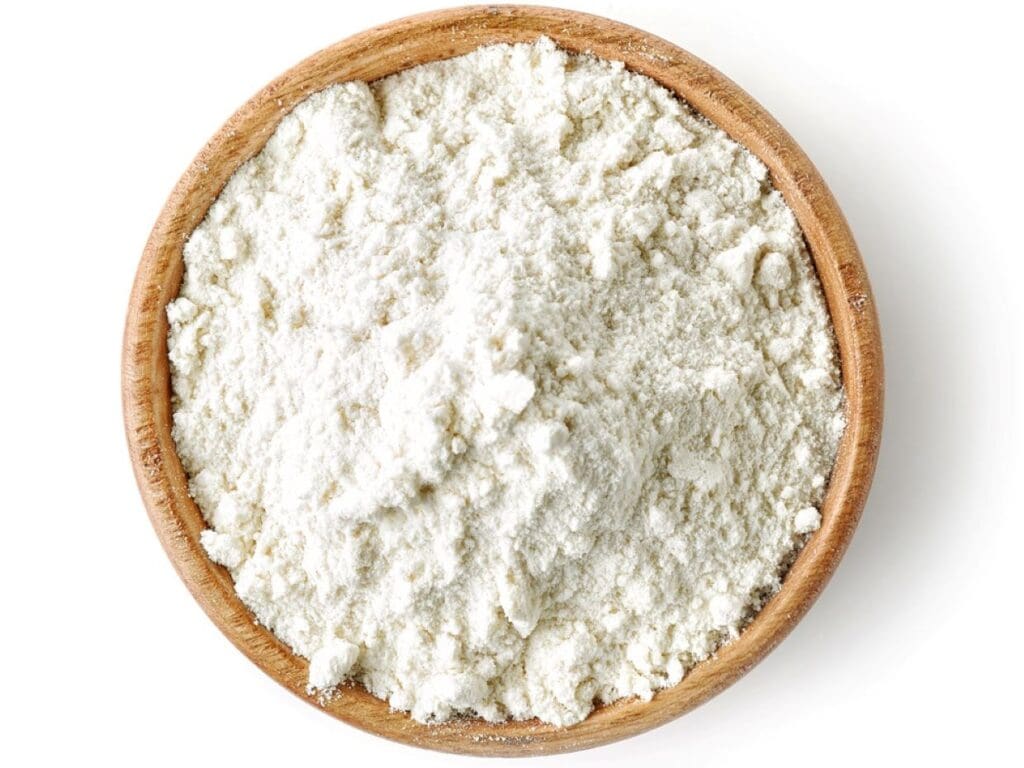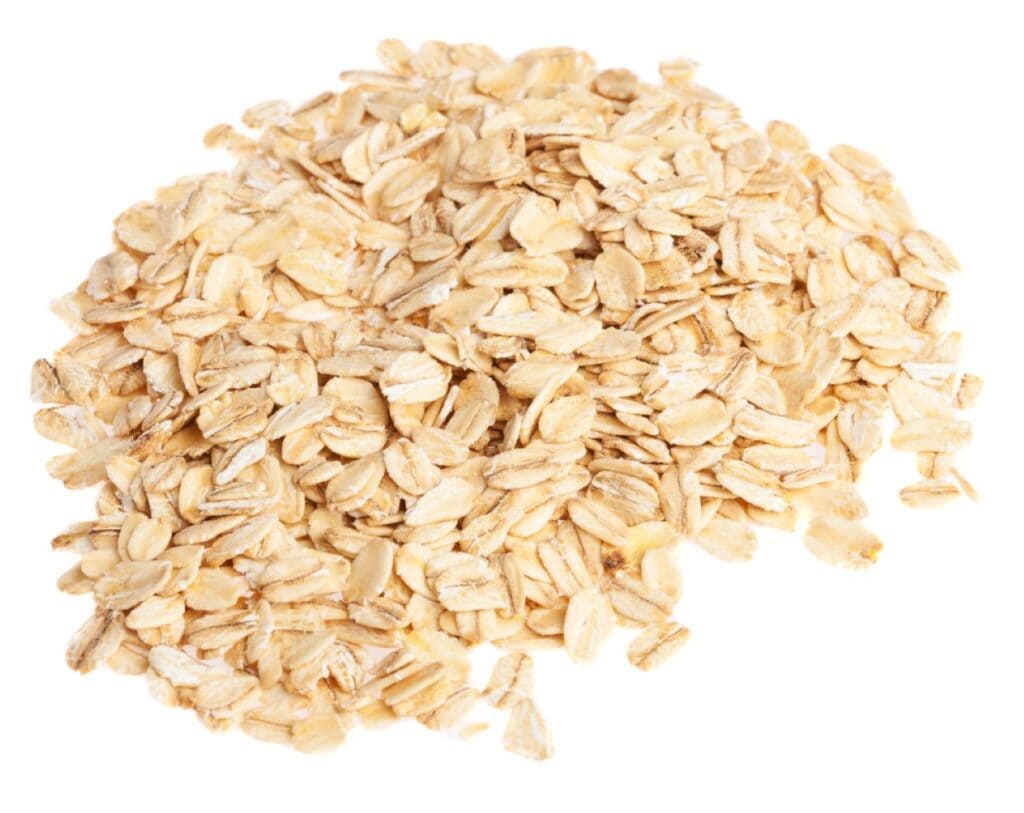Unlock the secrets of low-carb baking with oat fiber. Learn essential tips and tricks for whipping up delicious, guilt-free treats in your kitchen.

These statements have not been evaluated by the Food and Drug Administration. Please see the disclaimer below for more information.
Eating a low-carb diet doesn’t mean you have to say goodbye to baking. In fact, it’s an opportunity to explore the wonders of new ingredients like the versatile and low-carb oat fiber, which can transform your baking.
Oat fiber is an exceptional ingredient for those looking to experiment with their baking while maintaining the textures and flavors they love. Its fine, powdery consistency makes it an excellent addition to a variety of recipes. It lends a lightness to baked goods that’s hard to achieve with other flours.
For avid bakers, oat fiber is a dream come true as it seamlessly blends into flours, doughs and batters, enhancing their structure without altering the taste. It’s particularly useful for creating lighter, airier textures in cakes, muffins and bread, making it a go-to for anyone seeking to add a new dimension to their baking repertoire. Additionally, its ability to act as a thickener in soups and as a breadcrumb substitute in coatings adds to its versatility, making it a valuable and multifunctional ingredient in the kitchen.
Oat fiber details
This fiber is derived from the inedible outer hull of the oat grain. It’s a type of insoluble fiber, which means it does not dissolve in water and is not absorbed by the body during digestion. Instead, it passes through the digestive system relatively intact, making it beneficial for intestinal health. Incorporating oat fiber into the diet can be particularly helpful for those looking to increase their fiber intake, improve digestive function or aid weight management efforts.
Nutritional profile
Oats are a nutrient-dense food known for their rich dietary fiber content, essential vitamins and minerals and balanced caloric value. They are particularly valued for their high fiber content. A single serving contains about 8.1 grams of fiber, which is essential for digestive health. In addition to fiber, oats are a good source of important vitamins and minerals. They provide essential nutrients such as manganese, phosphorus, magnesium, copper, iron, zinc, and B vitamins.
While oats themselves are not low-carb, oat fiber is. When it comes to carbohydrates, it is made up entirely of fiber. It has zero net carbs, which makes it a perfect choice for those on a low-carb or keto diet.

Culinary uses
Oat fiber is a versatile ingredient that offers a seamless integration into a variety of foods and desserts. When looking for low-carb and gluten-free options, it is at the top of the list.
Baking applications
In baking, oat fiber is a popular choice due to its ability to add structure and fiber without contributing net carbs or calories. It can be incorporated into recipes like keto breads and muffins, enhancing the texture and nutritional profile. Oat fiber is favored for its neutral taste and ability to absorb moisture, which makes it a useful ingredient in creating a desirable crumb in low-carb baked goods.
Alternative to wheat flour
Oat fiber serves as an excellent alternative to wheat flour for individuals on a keto diet. Because it contains no digestible carbohydrates, chefs often incorporate it into recipes to decrease the carb content. For example, it can replace a portion of flour in pancakes or waffles to help achieve a lighter, healthier version while remaining flavorful. Oat fiber, when used to create keto flour, can replace wheat flour in a one-to-one ratio.
Gluten-free recipes
It provides a solution for those requiring gluten-free recipes. Oat fiber is naturally gluten-free and can be used in various dishes, such as gluten-free
Oat fiber baking tips
Oat fiber is entirely composed of insoluble fiber and has zero net carbs. It’s not only great for those on a keto diet but also for anyone interested in adding more fiber to their diet. Keep in mind, this type of fiber is quite absorbent and can make baked goods dry if not used correctly.
“Since living on the low-carb diet, oat fiber is my best bet to baking. I make breads with it, pastas in different variations and always add it to my cakes. Nothing beats oat fiber in the world of low-carb.”
— Zuzana Paar, Low Carb No Carb
Utilizing this ingredient in baking is straightforward due to its lack of flavor and color. It can be added to a variety of recipes ranging from baked goods to smoothies, enabling an easy boost in fiber content without altering the taste or appearance of the food.
Balancing moisture is key
Due to its high absorbency, balancing moisture in your recipes is crucial when using oat fiber. You can offset the dryness by increasing the amount of wet ingredients like eggs, butter or oil. Adding sour cream or Greek yogurt to your recipes can also help maintain a moist texture.

Perfect for breading and muffins
Oat fiber works wonders as a breadcrumb substitute in recipes for breaded foods. It can also be used to create low-carb muffins such as these keto chocolate chip muffins. This makes a fluffy, delicious muffin that everyone will love.
Adjust sweeteners and flavors
Since oat fiber is flavor-neutral, it doesn’t add any sweetness to your dishes. You might need to adjust the levels of sweeteners in your recipes. Don’t forget to add flavor enhancers like
Sifting is your friend
Oat fiber tends to clump, so it’s a good idea to sift it before use, especially when combined with other flours. This ensures a smoother mixture and a more consistent texture in your baked goods.
Conclusion
Incorporating oat fiber into your low-carb baking repertoire can open up a world of possibilities. With these secret tips, you can create delicious, fiber-rich and low-carb baked goods that don’t compromise on taste or texture. Whether you’re making bread, muffins or crusts, oat fiber can be your secret ingredient to healthier, guilt-free baking.
Trina Krug, MS, CDSP is a holistic nutritionist, recipe creator and advocate for human health. Her passion for low carb lifestyles, gluten free eating and real nutrition education has led to the creation of Trina Krug. She spends her time creating recipes, hanging out with her family on her farm and actively working on her Doctor of Science in Integrative Health.
These statements have not been evaluated by the Food and Drug Administration. The contents of this article, made available via Food Drink Life, are for informational purposes only and do not constitute medical advice. The content presented here is not intended to be a substitute for professional medical advice, diagnosis or treatment. Always seek the advice of a qualified healthcare provider with any questions you may have regarding a medical condition or dietary changes. Reliance on any information provided by this article is solely at your own risk.